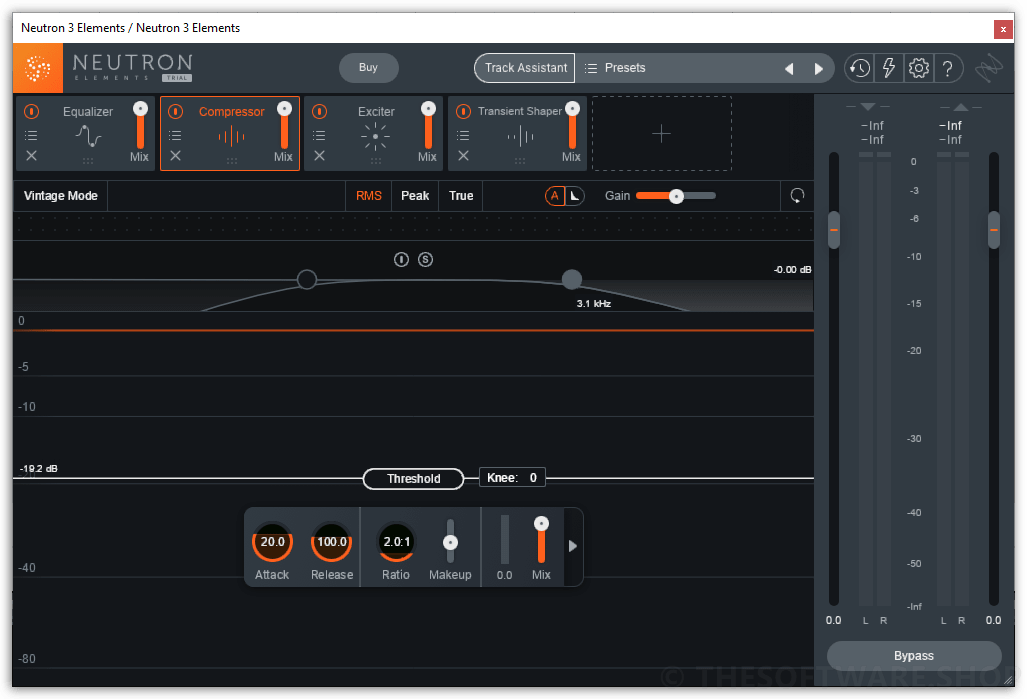



The next area of major change is the modules themselves, which have been added to and reconfigured, and are now loaded into the top bar ‘rack’ as required, rather than being activated in the old sidebar. It’s not a serious problem, but we wonder if it might be possible to make the control panels float (deceptively, they look like they do already) so that they could be moved out of the way when necessary. There is one minor snag, though, in that the controls for many of the modules (the worst offender being Compressor) can obscure a chunk of the waveform or spectrum view over which they’re situated when the window is set small. Nectar 2 was starting to look decidedly retro, so the graphical makeover is a welcome move, as is the newfound ability to freely resize the window by dragging the bottom right corner. Nectar 3 (VST/AU/AAX/RTAS) redraws the GUI to achieve homogeneity with recently updated iZotope stablemates Neutron 2, Ozone 8 and RX 7, and make the various displays (spectrum displays, gain reduction trace, etc) more visually immediate.
#IZOTOPE NEUTRON VS ALLOY PROFESSIONAL#
Utilising an array of reorderable modules to apply voice-optimised dynamics shaping, EQ, pitch correction, harmonisation, de-essing, distortion and effects, it’s become a go-to plugin for the professional producer looking to quickly and easily get vocals of all kinds - from sung and rapped to dialogue and voiceover - sounding their best, entirely in the box.


 0 kommentar(er)
0 kommentar(er)
